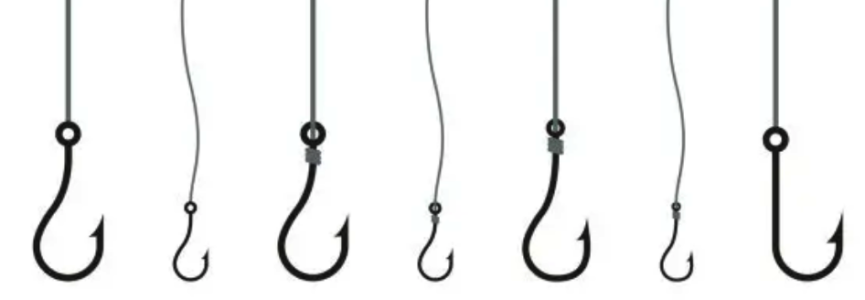Hooked Model for SaaS Growth: Building Habit-Forming Products

The Hooked Model, created by Nir Eyal, is a behavioral framework that explains how companies can create habit-forming products. This model focuses on creating user habits through cycles of engagement by leveraging Triggers, Actions, Rewards, and Investments. For SaaS businesses, the Hooked Model offers a way to increase user retention and engagement by embedding behavioral triggers that encourage repeated use.
Overview of the Hooked Model Framework
The Hooked Model has four key stages that build upon each other in a feedback loop, turning casual users into habitual customers.
- Trigger: The event that prompts a user to take action.
- Action: The behavior the user takes in anticipation of a reward.
- Reward: The positive reinforcement the user gets after completing the action.
- Investment: The effort the user puts into the product, which increases the likelihood of future engagement.
Implementing the Hooked Model in SaaS
1. Trigger: Prompting User Action
A trigger can be external (notifications, emails) or internal (emotional triggers, like frustration). SaaS companies need to identify the moments when users need their product most and prompt them to act.
- Practical Tip: Use well-timed emails or in-app notifications to remind users of unfinished tasks or features they can explore.
Example: A project management tool may send a notification about an upcoming deadline to motivate users to log in and update their task lists.
2. Action: Simplifying User Behavior
The user takes a simple, low-friction action, like clicking a button or logging in, with the expectation of getting value immediately. The key is to minimize resistance and encourage easy actions.
- Practical Tip: Use progress indicators (e.g., “3 steps left to complete your profile”) to nudge users to act.
- Make it intuitive: Ensure your UX design minimizes cognitive effort.
Example: A SaaS email marketing platform simplifies onboarding by allowing users to import contacts with one click, making the initial action easy.
3. Reward: Providing Value and Satisfaction
Users expect a reward after completing the action. To create long-term habits, the reward should be variable—introducing an element of surprise or delight—so the user feels motivated to return.
- Practical Tip: Include elements of gamification like badges, progress streaks, or personalized dashboards to maintain engagement.
Example: A SaaS habit-tracking app rewards users with streak notifications, motivating them to complete daily tasks.
4. Investment: Increasing Future Engagement
The final step in the Hooked Model involves investment—users put in time, effort, or data that increases their future likelihood of returning. This could involve setting preferences, creating a profile, or uploading data.
- Practical Tip: Make users feel like they’ve invested enough in the platform so leaving becomes inconvenient. Use save preferences, personalized reports, or integrations to deepen engagement.
Example: A SaaS CRM tool encourages users to upload contacts and customize their pipelines, making them more likely to rely on the product over time.
Practical Tips for Implementing the Hooked Model
- Start Small and Iterate: Test small triggers and reward mechanisms to see what resonates with users.
- Use Analytics for Feedback: Monitor how users move through the Hooked Model stages to identify friction points.
- Focus on Long-Term Habits: Don’t over-rely on external triggers; build features that develop internal triggers (like daily check-ins).
- Engage Users During Onboarding: A seamless onboarding experience boosts the chance of habit formation early on.
- Leverage Personalization: Tailor triggers, rewards, and investment opportunities to specific user needs.
Conclusion
The Hooked Model offers SaaS companies a structured way to create habit-forming products. By carefully integrating Triggers, Actions, Rewards, and Investments into your product strategy, you can improve user retention and engagement, turning first-time users into loyal customers. With practical implementation—like well-timed notifications, intuitive actions, meaningful rewards, and opportunities for investment—you can build a SaaS product that users return to regularly, helping drive long-term growth.







